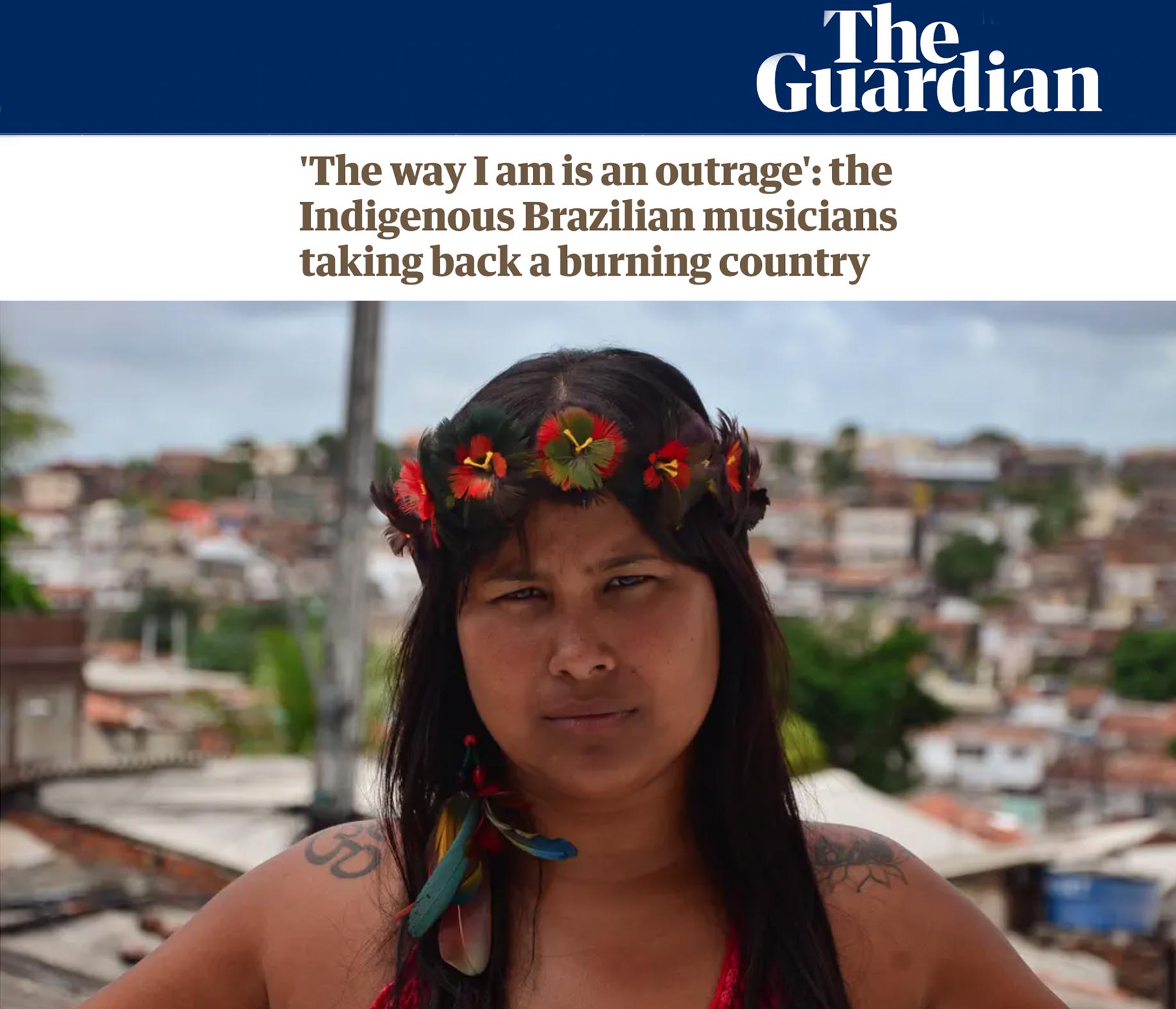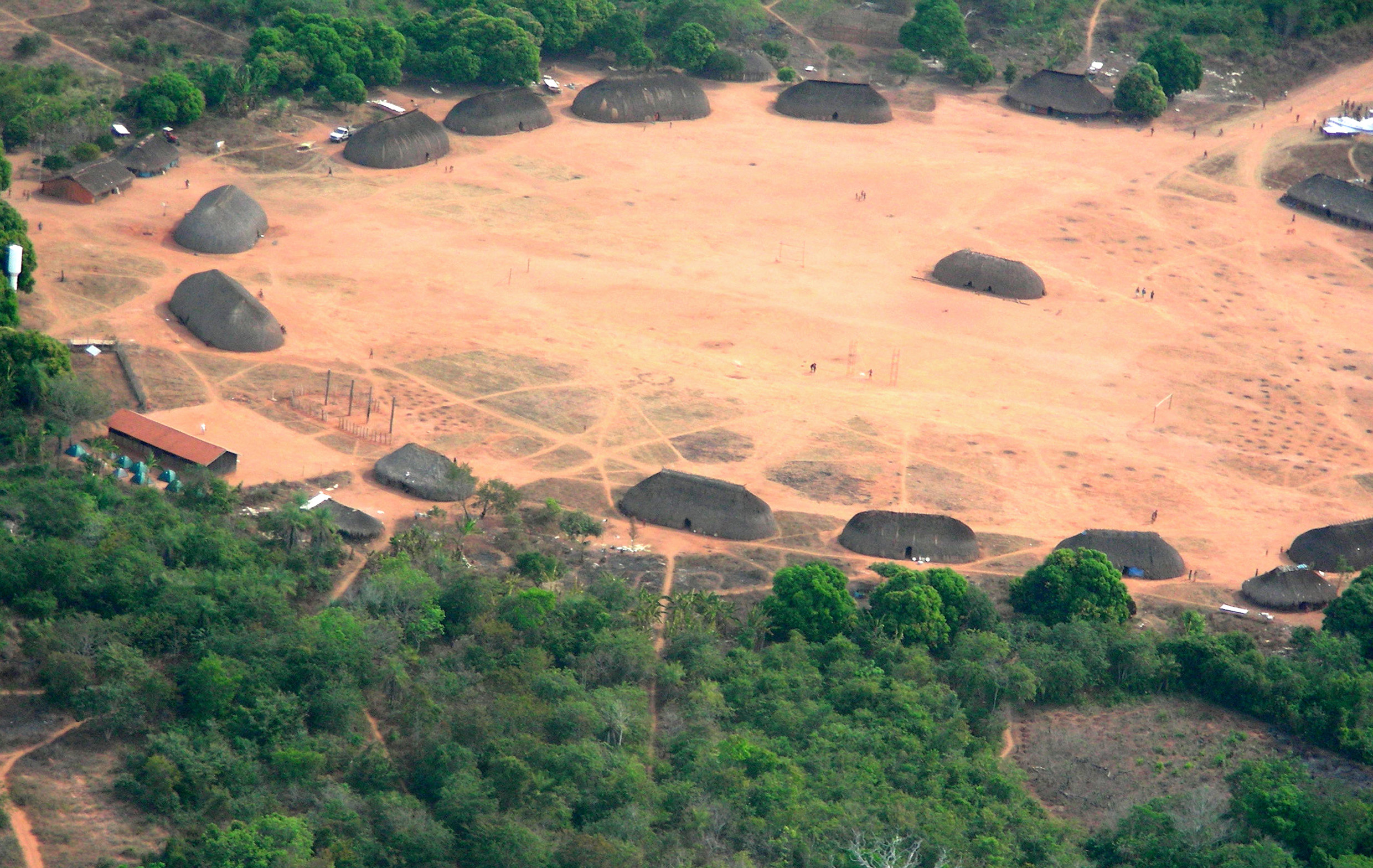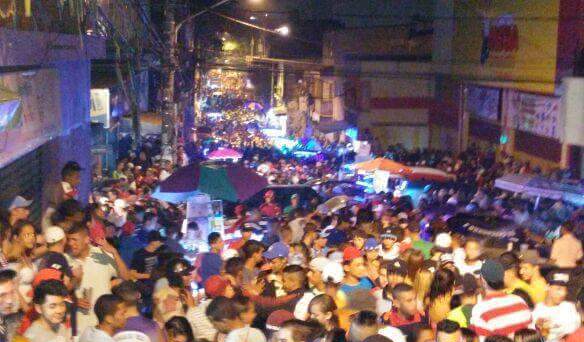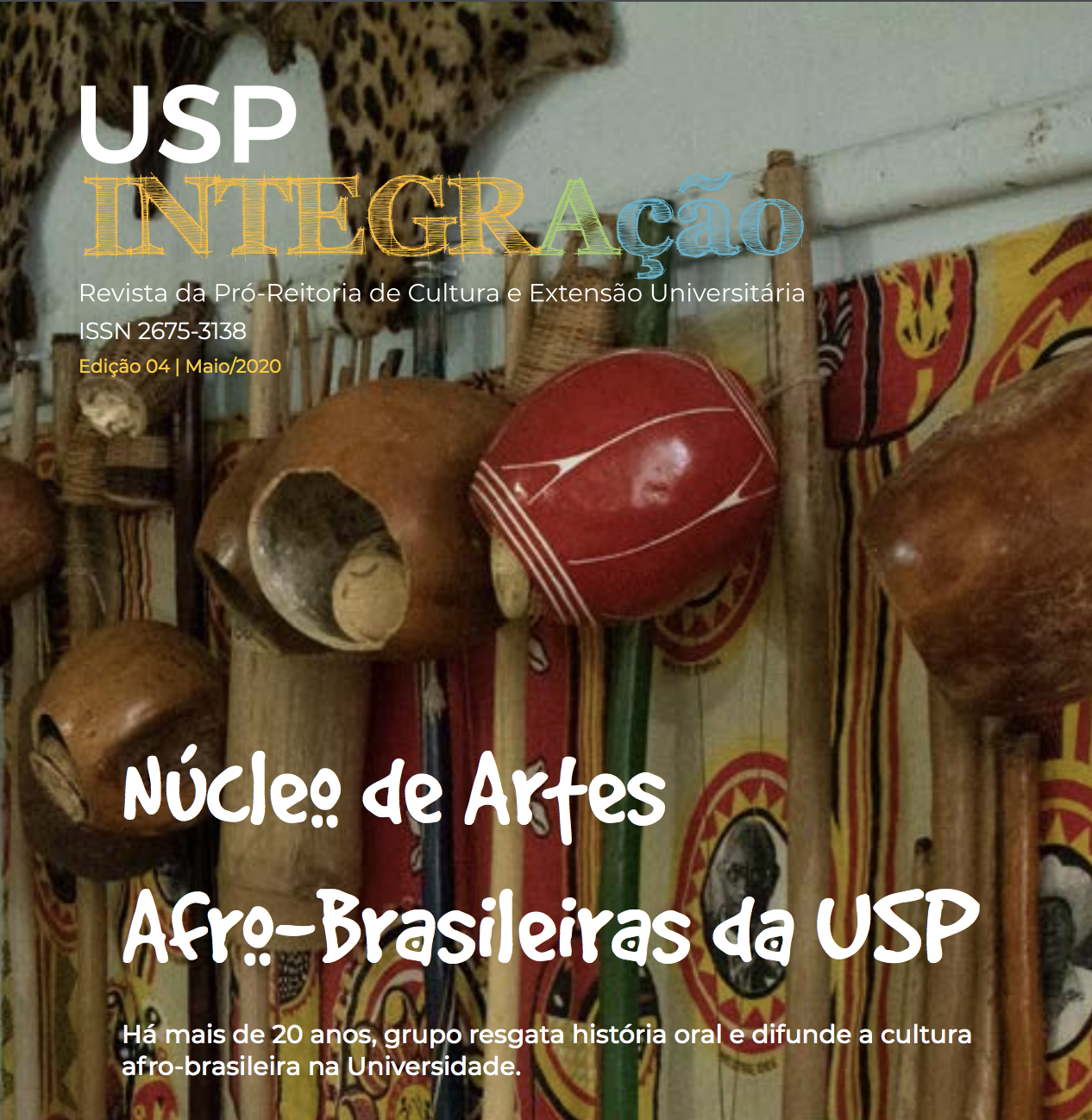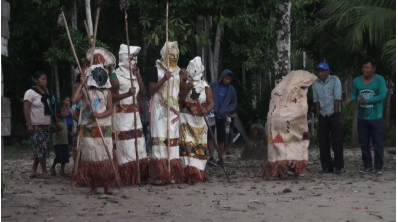DA in the media
The English newspaper "The Guardian" recently published an article on indigenous resistance to music, which has an interview by Klaus Wernet, a doctor from PPGAS-USP, who wrote his thesis on contemporary Guarani music.
Check out the article on The Guardian's website!
https://www.theguardian.com/
The research that is still in progress, guided by Professor Ana Cláudia Marques, came out in the nexus Journal, which deals with a conflict involving the overlap of a national park and an ecological station over traditionally occupied territories in the middle courses of the Xingu and Iriri rivers, state of Pará. especially with families that identify themselves as borders, focusing on the connections between territoriality and forms of resistance within the framework of this conflict. The research is done by researcher Natalia Guerrero.
To access the full article click here.
The journal Folha de São Paulo published, in January 2020, a report signed by the PPGAS'researcher Meno del Picchia, together with journalist Nina Rahe about the presence of funk in the city's celebrations after the 2019 tragedy that led to death of 9 innocent youths by the police.
The research sought to understand funk in São Paulo in the light of music anthropology, in particular, based on the concept of music by the New Zealander Christopher Small. Musicking funk is not the same as funk music. Music is the sound object, the recording, the phonogram. The musicking talks about all kinds of engagement observed in a specific sound-musical manifestation, and about all the actors involved (in the case of the funk flow, for example, from the bar owners selling drinks, to the powerful sound systems that young people take on the backs of cars. Ethnography was part of the Funk League, an association that guides young aspiring MCs and DJs. He toured some funk studios of a neighborhood on the south side of São Paulo, famous for its street flows, to describe the creative processes and the technologies involved in making music. The flow looked like a musician revealed the centrality of a complex network of sound systems being activated every weekend by young funkeiros and funkeiras in the streets, in doors of bars and inside tobacconists. Young people get involved and get together from the electric activation of powerful loudspeakers. Living with the sound mass produced at parties is not peaceful, it generates disputes over local but also of a political nature that transcend local issues.
For the full article, access here.
At number 4 of USP INTEGRAção magazine, there was a report on USP's Afro-Brazilian Arts Center directed by Mestre Pinguim, coordinated by John Dawsey, professor of the Department of Anthropology!
Check out the article in USP INTEGRAção magazine n. 4!
Get to know the USP INTEGRAção magazine at http://cultura.usp.br/revista/
In spite of all the pressures of the society that surrounds it, the Ticuna people - who live in the Alto Solimões, on the triple Brazil-Peru-Colombia border - preserved one of their most important ceremonies, the Festa da Moça Nova. Check out the video and report by José Tadeu Arantes: agencia.fapesp.br/32855
It is a complex ritual of female initiation, lasting three days, investigated in depth by anthropologist Edson Matarezio. Postdoctoral fellow at Centro de Estudos Ameríndios - CEstA / USP, under the supervision of Marta Amoroso, Matarezio recently launched a book About the subject .
Link to the full documentaries: https://bit.ly/3b3IWSd
More information about the book: http://cesta.fflch.usp.br/en/node/1343


